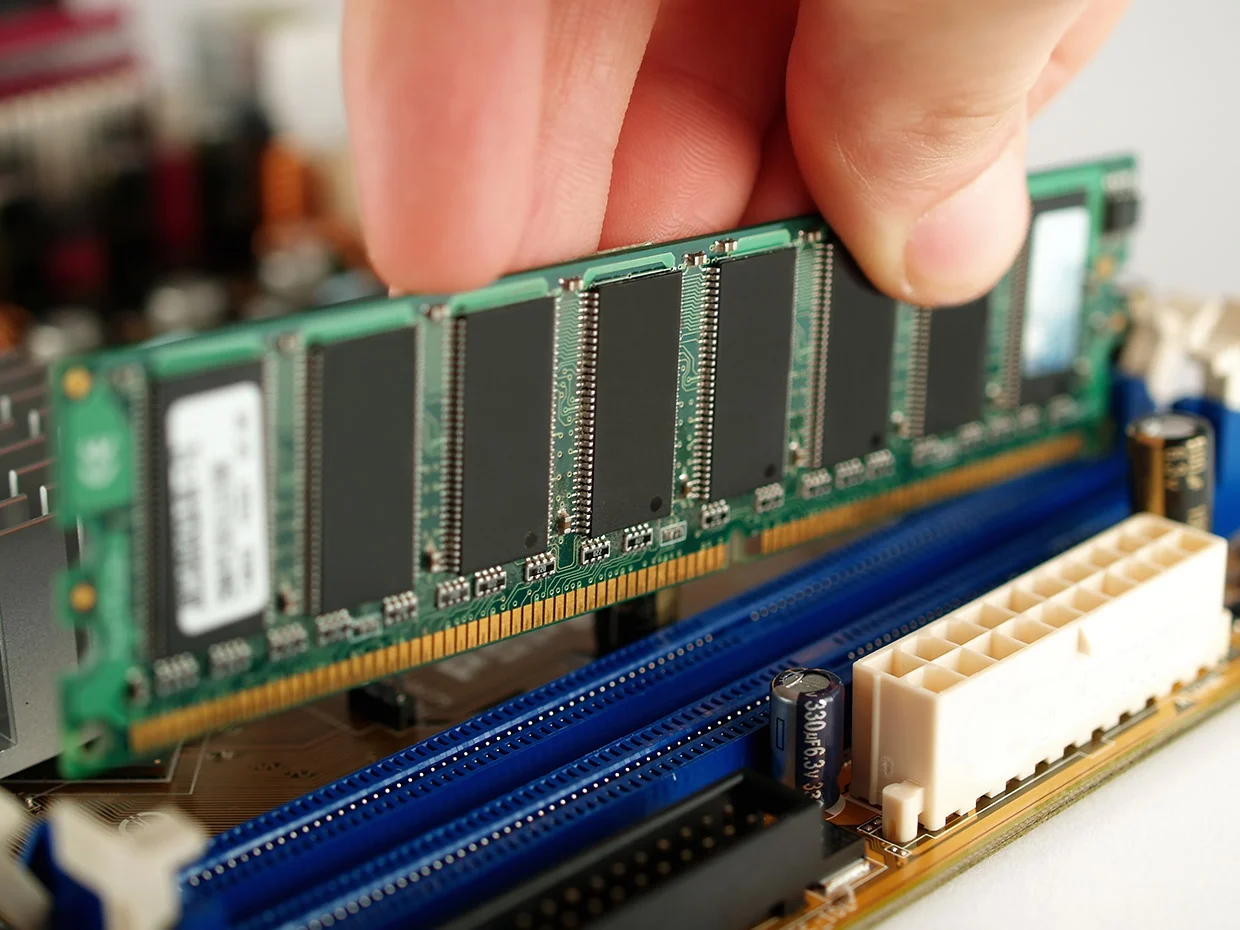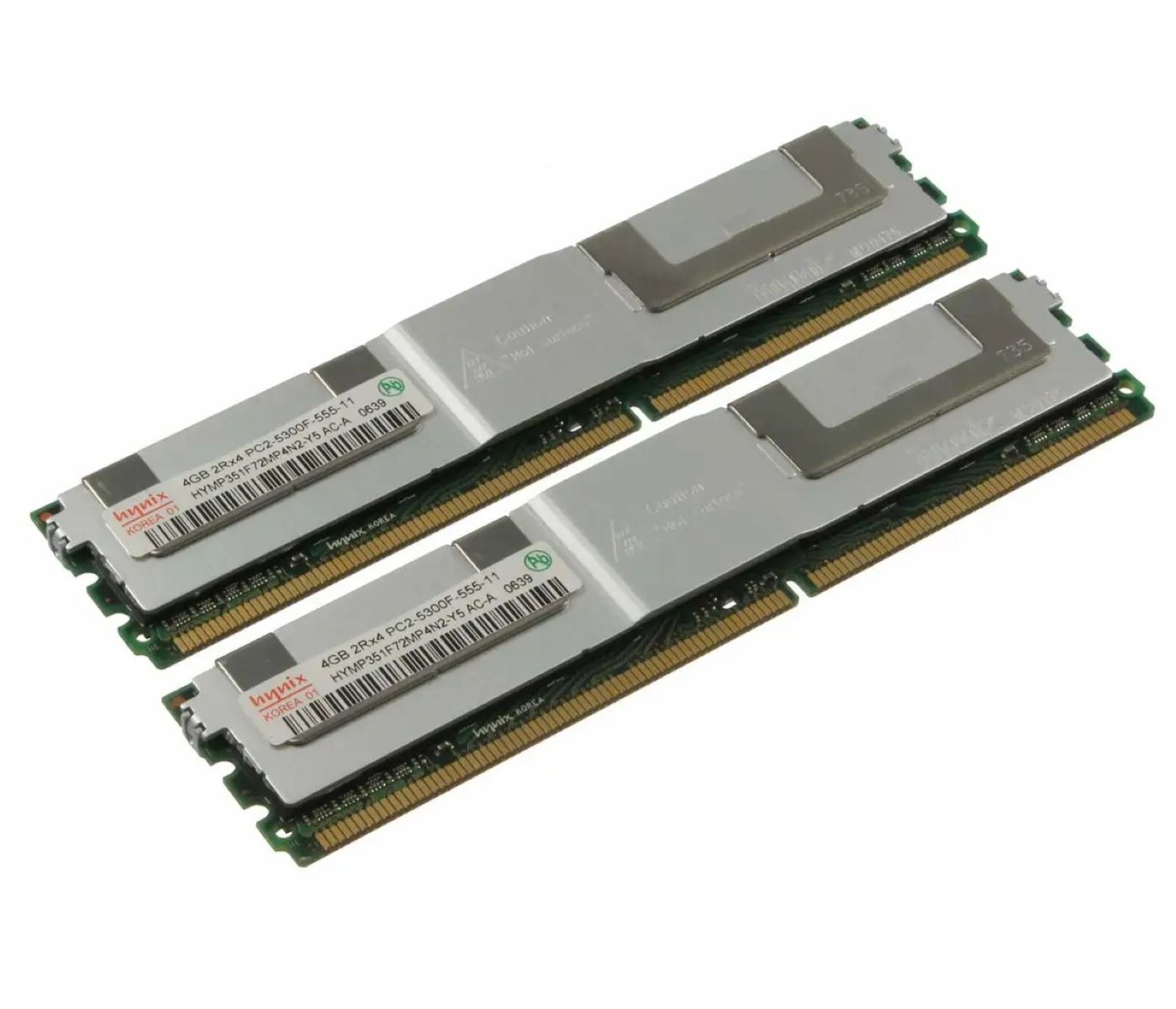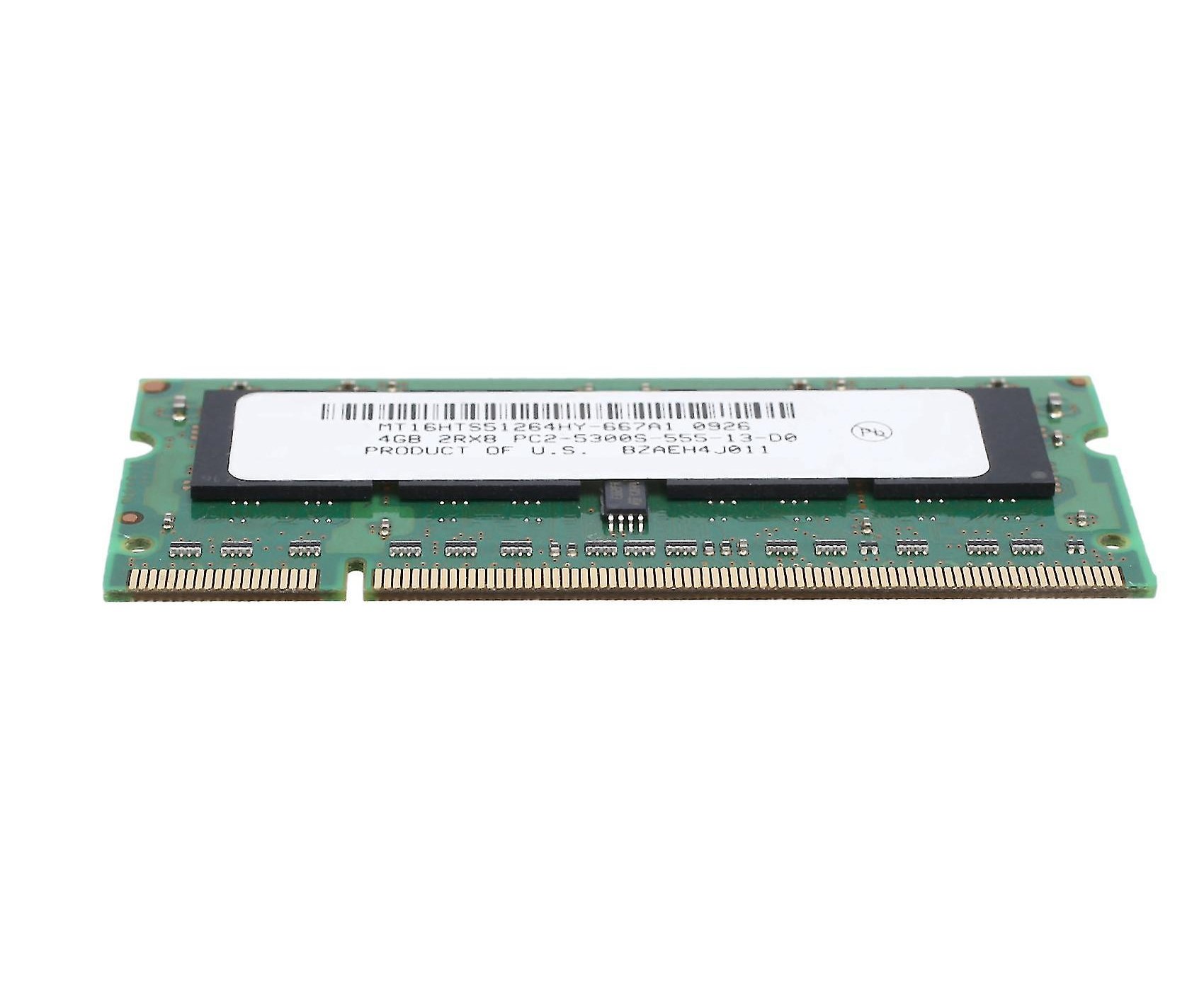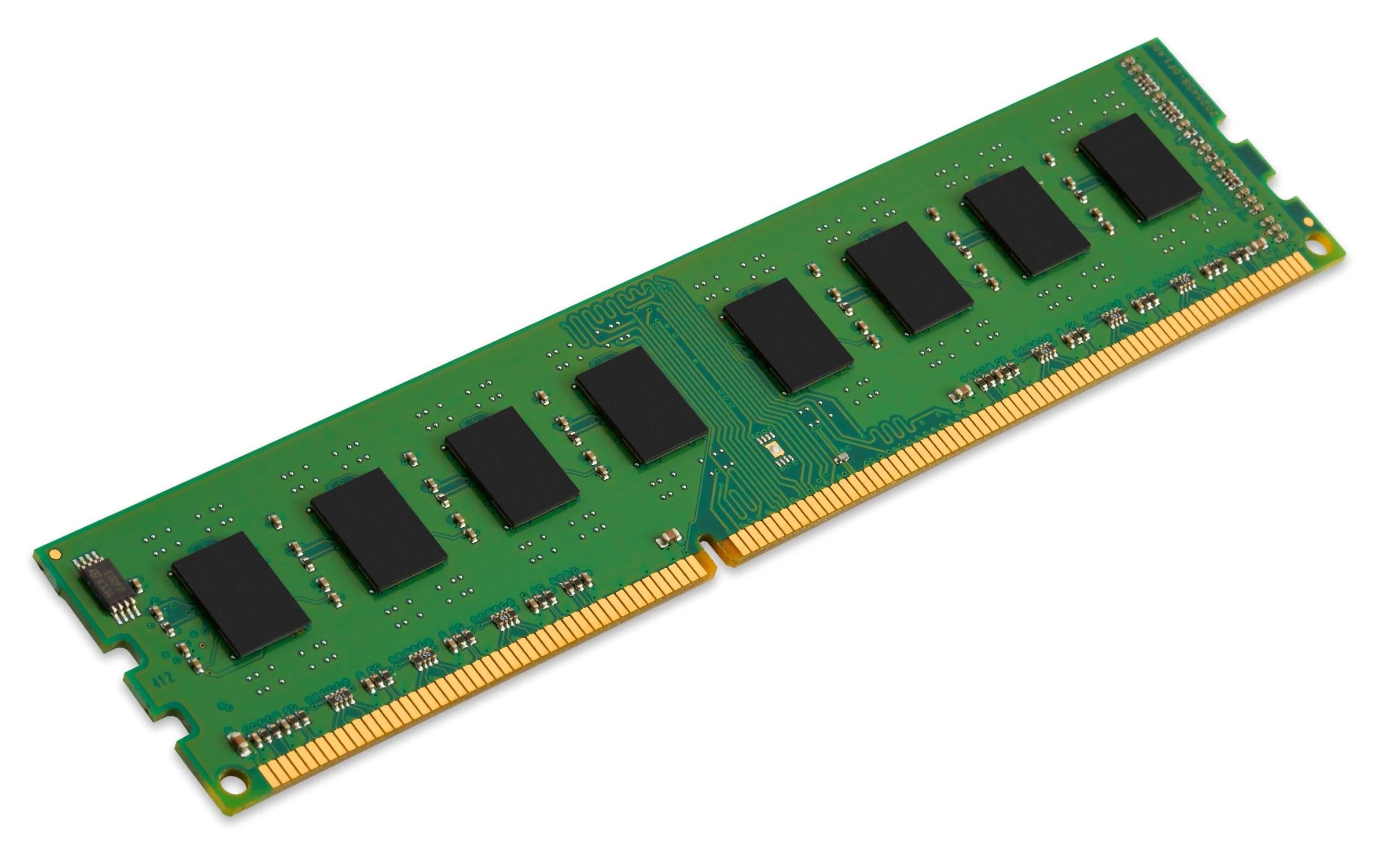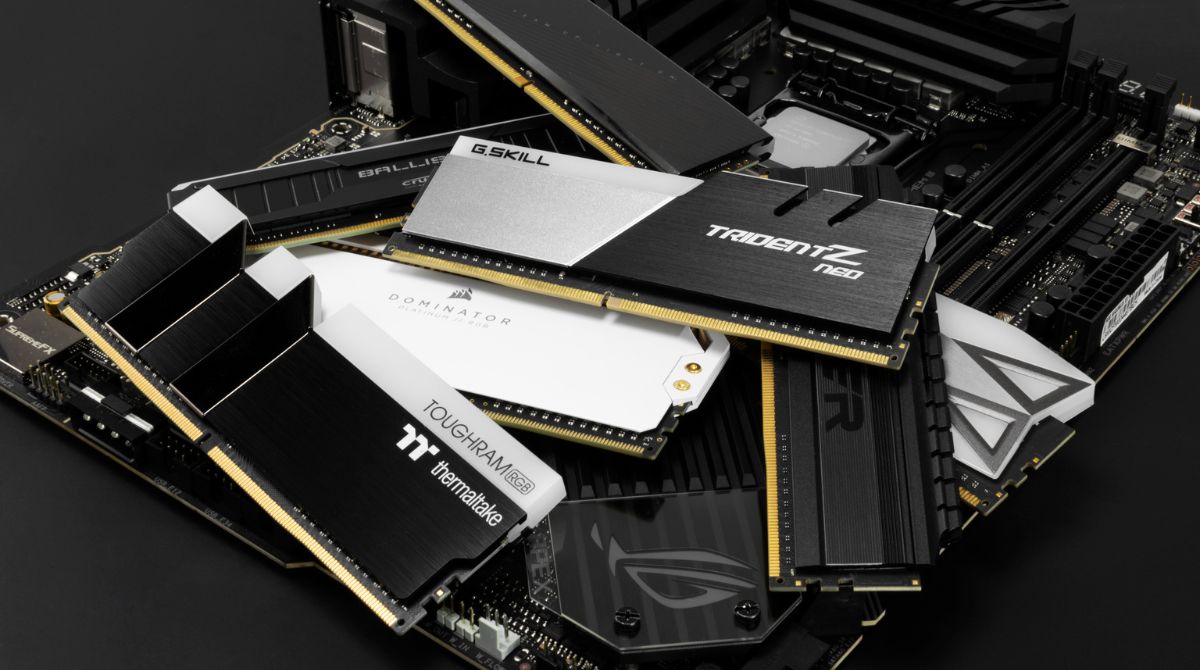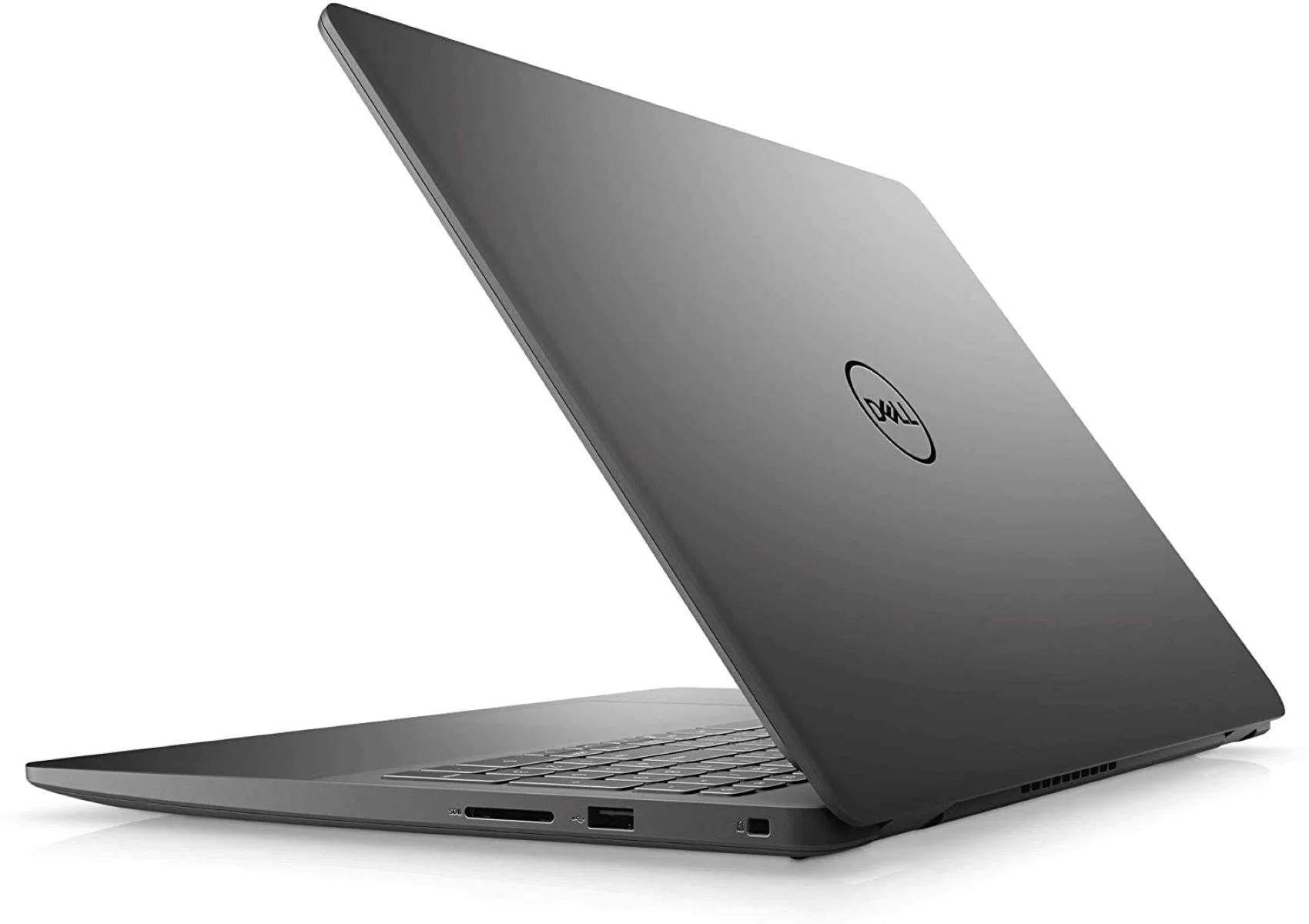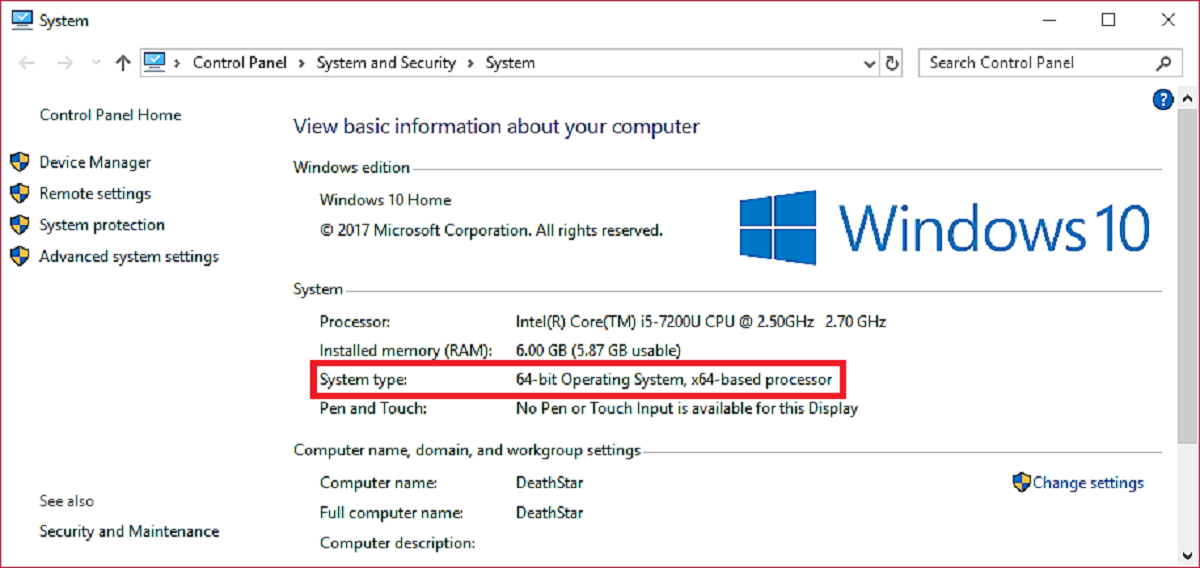Introduction
Welcome to the world of computers, where various components work together to provide us with amazing functionality and power. One key component that plays a crucial role in the performance of a computer is RAM. While you may have come across the term before, do you truly understand what it is and how it works?
RAM, short for Random Access Memory, is a fundamental part of any computer system. It is a type of volatile memory that allows the computer to access data quickly and efficiently. In simple terms, RAM serves as a temporary storage location for data that the computer needs to process in real-time.
Think of RAM as a workbench in a workshop. Just like a workbench provides a place for tools and materials needed for a project, RAM provides a space for the computer to temporarily store and access data for immediate use. The more RAM a computer has, the more data it can hold and the faster it can retrieve it.
Without sufficient RAM, a computer may experience slow performance and struggle to handle multiple tasks simultaneously. If you’ve ever had a computer freeze or slow down when running several programs at once, it’s likely due to the lack of available RAM.
Now that you have a basic understanding of what RAM is, let’s delve deeper into its functionality and explore how it works in a computer system.
What is RAM?
RAM, or Random Access Memory, is a type of computer memory that serves as a temporary storage location for data that the computer needs to access quickly. It is an essential component of any computer system, allowing for fast and efficient data retrieval during the operation of various programs and applications.
Unlike permanent storage devices like hard drives or solid-state drives, which store data even when the computer is turned off, RAM is volatile memory. This means that its contents are erased when the computer is powered off or restarted. RAM acts as a bridge between the computer’s processor and storage devices, ensuring smooth data transfers and efficient processing.
When you open a program or file on your computer, it gets loaded into RAM, allowing the processor to quickly access and manipulate the data. The more RAM your computer has, the more data it can store and access simultaneously, resulting in smoother multitasking and faster program execution.
RAM is organized into cells or memory locations, each capable of storing a certain amount of data. These cells are numbered and can be accessed randomly, giving RAM its “random access” name. Each memory location consists of bits, which are the smallest units of data storage, and a group of these bits forms a byte.
One of the defining characteristics of RAM is its speed. It operates at a much faster speed than other storage devices, allowing for rapid data access. When the computer needs to access data, it first checks if it is already stored in RAM. If not, it retrieves it from the storage devices and loads it into RAM for quick access.
RAM plays a critical role in the overall performance of a computer system. Insufficient RAM can result in sluggish performance, frequent freezing, and slow program execution. On the other hand, having an adequate amount of RAM ensures that your computer can handle resource-intensive tasks smoothly.
In the next section, we will explore how RAM works and the different types of RAM available in computer systems today.
How does RAM work?
RAM, or Random Access Memory, is a vital component of a computer system that plays a crucial role in its overall performance. But how does RAM actually work?
When you power on your computer and load an operating system or launch a program, the necessary data and instructions are transferred from storage devices, such as hard drives or SSDs, to the RAM. This process is known as “loading” or “storing” data in RAM.
The data stored in RAM is organized into memory cells, each with a unique address. These cells are arranged in a grid-like fashion and can be accessed randomly, allowing for quick retrieval of data. Each cell can store a certain amount of data, typically represented in binary as ones and zeros.
When the CPU, or central processing unit, needs to access data, it sends a request to the RAM. The RAM locates the requested data based on its unique address and sends it back to the CPU for processing. This data transfer takes place via dedicated pathways called data buses, which connect the RAM and CPU.
One of the key features of RAM is its fast access speed. Unlike storage devices that rely on mechanical parts or flash memory, RAM is composed of semiconductor memory chips that can access data almost instantly. This enables the CPU to fetch and process data quickly, leading to improved system responsiveness.
Another important aspect of RAM is its ability to read and write data. When the CPU needs to modify data or store newly generated data, it sends a write request to the RAM. The RAM then updates the corresponding memory cell with the new data. Similarly, when the CPU wants to retrieve data, it sends a read request to the RAM, and the RAM sends back the requested data.
However, it is essential to note that RAM is a volatile form of memory, which means its contents are lost when the computer is powered off or restarted. This is why you need to save your files and programs on non-volatile storage devices, such as hard drives or SSDs, to preserve them even when the computer is turned off.
The speed and capacity of RAM greatly impact the overall performance of a computer. To meet the demands of modern software and applications, it is crucial to have an adequate amount of RAM and ensure that it operates at a fast speed.
In the next section, we will explore the different types of RAM commonly used in computer systems today.
Types of RAM
RAM, or Random Access Memory, comes in different types, each with its own characteristics and capabilities. Understanding the different types of RAM can help you make informed decisions when upgrading or purchasing a computer system. Let’s explore some of the common types of RAM:
1. DRAM (Dynamic Random Access Memory): DRAM is the most common type of RAM used in modern computer systems. It is relatively inexpensive and offers high data storage density. However, DRAM needs to be constantly refreshed to retain data, which can impact its overall performance.
2. SRAM (Static Random Access Memory): SRAM is faster and more reliable than DRAM but is also more expensive. Unlike DRAM, SRAM does not require constant refreshing, making it a preferred choice for high-speed cache memory in computer systems.
3. SDRAM (Synchronous Dynamic Random Access Memory): SDRAM is a type of DRAM that is synchronized with the computer’s bus speed. This synchronization allows for faster data access and transfer rates. SDRAM is commonly used in desktops and laptops.
4. DDR SDRAM (Double Data Rate Synchronous Dynamic RAM): DDR SDRAM is an enhancement of SDRAM that offers higher data transfer rates and improved performance compared to its predecessor. Over the years, several generations of DDR SDRAM have been introduced, with each version offering faster speeds and increased bandwidth.
5. DDR2, DDR3, DDR4, and DDR5: These are different generations of DDR SDRAM, with each iteration providing faster speeds, increased memory capacity, and better power efficiency.
6. Laptop and Desktop RAM: RAM modules for laptops and desktops differ in physical size and pin configuration. Laptop RAM, commonly referred to as SODIMM (Small Outline Dual Inline Memory Module), is smaller and has a different number of pins compared to desktop RAM.
7. ECC (Error Correcting Code) RAM: ECC RAM is a special type of RAM that can detect and correct certain types of memory errors. ECC RAM is commonly used in servers and workstations where data integrity is critical.
When upgrading or purchasing RAM, it is important to ensure compatibility with your computer’s motherboard and processor. Consult the computer’s specifications or motherboard manual to determine the type and maximum capacity of RAM supported.
Now that we have explored the different types of RAM, let’s move on to discussing the importance of RAM capacity in a computer system.
RAM Capacity
The capacity of RAM, or Random Access Memory, refers to the amount of data that can be stored and accessed by a computer at any given time. RAM capacity plays a vital role in a computer system’s performance and determines how many programs and processes can run simultaneously without experiencing slowdowns or crashes.
The RAM capacity you need depends on the specific tasks you perform on your computer. For basic tasks like web browsing, document editing, and email, 4GB to 8GB of RAM is typically sufficient. This allows for smooth multitasking and ensures that your computer can handle everyday applications without performance issues.
However, for more demanding tasks such as video editing, 3D rendering, or running resource-intensive programs, you will need a higher RAM capacity. In these cases, 16GB to 32GB of RAM or even more may be necessary to provide ample memory for storing and manipulating large files and data sets.
It is important to note that RAM capacity alone is not the sole determinant of a computer’s performance. Other factors like the CPU, storage type, and graphics card also impact overall system speed. But having sufficient RAM capacity allows these components to work seamlessly together, reducing the likelihood of bottlenecks and enhancing overall performance.
When considering RAM capacity, it’s important to check the limitations of your computer’s motherboard and operating system. Different operating systems have different limitations on RAM capacity, with 32-bit systems typically limited to 4GB to 8GB of RAM, and 64-bit systems capable of utilizing larger capacities, often in the range of terabytes.
If you find that your computer frequently runs out of memory while performing your tasks or experiences noticeable slowdowns, upgrading the RAM capacity can be a cost-effective way to improve overall system performance. Adding more RAM allows your computer to store and access a larger amount of data simultaneously, reducing the need for frequent data transfers between RAM and storage devices.
Remember that when upgrading RAM capacity, you need to ensure compatibility with your computer’s motherboard, as certain motherboard models may have limitations on the maximum RAM capacity they support. Consult your computer’s specifications or the motherboard’s documentation to determine the maximum capacity allowed.
Now that we’ve covered RAM capacity, let’s move on to discussing the importance of RAM speed in a computer system.
RAM Speed
The speed of RAM, often referred to as its frequency or clock speed, plays a significant role in the overall performance of a computer system. RAM speed determines how quickly data can be read from and written to the memory, influencing the responsiveness and efficiency of various programs and tasks.
RAM speed is measured in megahertz (MHz) or gigahertz (GHz), indicating the number of cycles per second at which the RAM can operate. Higher RAM speeds result in faster data transfer rates, allowing the computer to access and process data more quickly.
When comparing RAM modules, you might come across terms such as DDR4-2400 or DDR4-3200. The first part, DDR4, indicates the generation of the RAM, while the number after the hyphen represents the clock speed. For example, DDR4-2400 operates at a frequency of 2400MHz, and DDR4-3200 operates at a frequency of 3200MHz.
When it comes to determining the RAM speed you need, it’s important to consider the specific tasks you perform on your computer. For basic web browsing, email, and document editing, lower RAM speeds like 2400MHz or 2666MHz are generally sufficient. These speeds provide adequate performance for everyday applications.
However, if you engage in more demanding tasks such as gaming, video editing, or 3D rendering, higher RAM speeds can offer tangible benefits. These tasks involve processing large data sets and require quick access to memory. Opting for RAM modules with speeds of 3000MHz, 3200MHz, or even higher can help improve overall system responsiveness and reduce processing times.
It is important to note that the benefits of higher RAM speeds may not be as pronounced in all scenarios. Some software applications and games may not fully utilize the increased speed, meaning the performance difference between lower and higher RAM speeds may be minimal. However, certain applications, especially those that heavily rely on memory-intensive operations, can benefit significantly from faster RAM speeds.
It’s worth mentioning that the motherboard and processor also play a role in determining the achievable RAM speed. The motherboard’s specifications will specify the supported RAM speeds, and the processor’s memory controller capabilities can impact the stability and compatibility of higher RAM speeds.
When upgrading or purchasing RAM, it is advisable to consider a balance between RAM speed, capacity, and cost. Higher RAM speeds often come at a premium price. It’s important to determine your specific needs and budget to make an informed decision.
Now that we’ve explored the significance of RAM speed, let’s move on to discussing how to upgrade RAM in a computer system.
Upgrading RAM
Upgrading the RAM of your computer can be a cost-effective way to improve its overall performance, especially if you find that your system is struggling to handle the demands of modern software and applications. Adding more RAM allows your computer to store and access a larger amount of data simultaneously, resulting in smoother multitasking and faster program execution. Here are the key steps to upgrade your RAM:
1. Determine Compatibility: Identify the type of RAM your computer supports by checking the motherboard’s specifications or documentation. It’s crucial to ensure that the new RAM modules are compatible with your computer’s motherboard in terms of type, capacity, and speed.
2. Choose the Right RAM: Consider the specific requirements of your computer and select the RAM modules that meet your needs in terms of capacity and speed. It may be beneficial to consult with a computer technician or refer to reliable sources for recommendations.
3. Prepare for Installation: Ensure that you have a safe and clean workspace to prevent any damage to the computer components. Before touching the RAM modules, discharge any static electricity by touching a grounded surface or wearing an anti-static wristband.
4. Install the RAM: Power off your computer and remove any power cables. Open the computer case and locate the RAM slots on the motherboard. Insert the new RAM modules, aligning the notch on the module with the slot’s key, and apply gentle pressure until the module snaps into place. Repeat this process with any additional RAM modules.
5. Power On and Verify: Close the computer case and reconnect any power cables. Power on the computer and check if the new RAM is recognized. You can verify this by accessing the system settings or using diagnostic software. If the new RAM is not detected, double-check the installation and ensure that the modules are properly seated.
6. Test for Stability: After installing the new RAM, it’s recommended to run stress tests or perform normal tasks to ensure system stability. Monitor the computer’s performance and check for any unexpected errors or crashes. If issues arise, double-check the RAM installation or seek professional assistance.
Remember that adding more RAM does not automatically guarantee a significant performance boost in all scenarios. If your computer’s hardware or other components are outdated, the overall system improvement may be limited. It’s important to assess your computer’s specifications and determine if other upgrades, such as a faster processor or solid-state drive, may also be necessary to fully optimize performance.
Now that you have the knowledge to upgrade your computer’s RAM, you can enjoy a smoother and more efficient computing experience. However, it’s always advisable to seek professional assistance or consult the computer’s manufacturer if you are unsure about the upgrade process or compatibility.
Conclusion
RAM, or Random Access Memory, is a crucial component of any computer system, allowing for fast and efficient data storage and retrieval. Throughout this article, we’ve explored what RAM is, how it works, and its various types.
RAM serves as a temporary storage location for data that the computer needs to access quickly. It acts as a bridge between the processor and storage devices, ensuring smooth data transfers and efficient processing. Different types of RAM, such as DRAM, SRAM, and SDRAM, offer unique characteristics and capabilities to suit various computing needs.
The capacity and speed of RAM play significant roles in a computer’s performance. Having sufficient RAM capacity allows for smoother multitasking and faster program execution, while higher RAM speeds result in quicker data access and transfer rates.
If your computer is experiencing sluggish performance or struggling to handle resource-intensive tasks, upgrading the RAM can be a cost-effective solution. By adding more RAM or opting for faster modules, you can improve overall system responsiveness and ensure smoother multitasking.
However, it’s important to consider your computer’s specifications and ensure compatibility when upgrading RAM. Consult the motherboard’s documentation or seek professional assistance to determine the compatible RAM type, capacity, and speed for your computer.
Remember, upgrading RAM is just one aspect of optimizing computer performance. Other factors, such as the processor, storage devices, and graphics card, also contribute to overall system speed and efficiency. Evaluating your computer’s hardware and identifying potential bottlenecks can help you make informed decisions about RAM upgrades and other necessary enhancements.
With the knowledge gained from this article, you can now make more informed decisions about RAM upgrades and better understand its role in computer performance. Whether you’re a casual user or a professional in need of high-speed computing, maximizing your RAM’s capacity and speed can enhance your overall computing experience.
So, take the necessary steps to ensure that your computer has sufficient RAM to meet your needs and remember to keep an eye on the ever-evolving technologies in RAM to stay up to date with the latest advancements.







